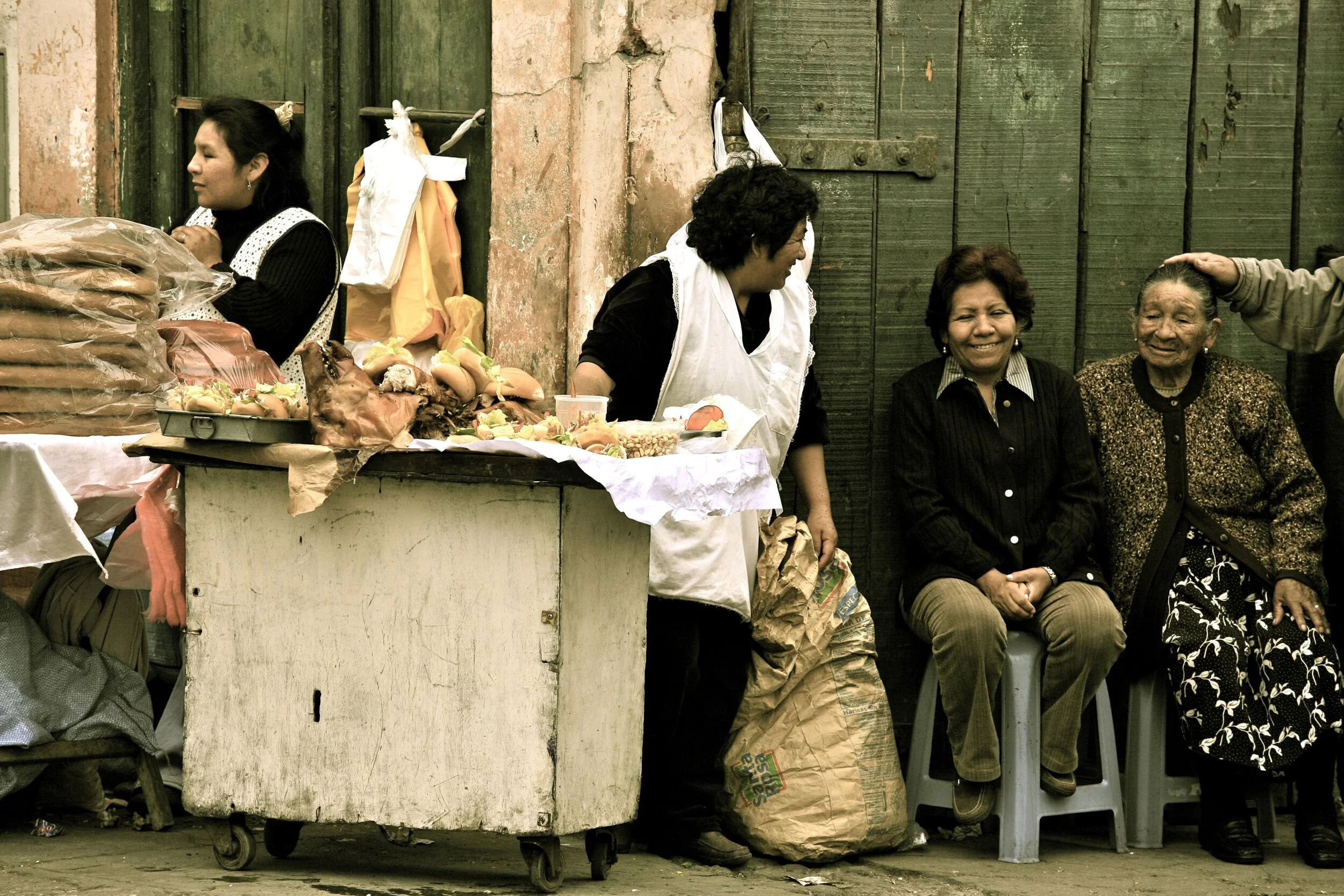Rethinking Capital in the City: Worker Cooperatives
I recently finished reading Ursula Franklin’s The Real World of Technology, a fascinating treatise on the changes technology has wrought on our relationships with other people and the environment. Published in 1999, Franklin’s book recounts and expands upon her 1989 CBC Massey Lectures and contains many ideas that are remarkably relevant today. I found this passage particularly thought-provoking:
“In order to make socially responsible decisions, a community requires three sets of books. One is the customary dollars-and-cents book … The second book relates to people and social impacts. It catalogues the human and community gains and losses as faithfully as the ongoing financial gains and losses documented in the first book. In the third book, environmental accounting is recorded. This is the place to give detailed accounts of the gains and losses in the health and viability of nature, as well as of the built environment” (The Real World of Technology, 132).
Ever since reading that quote, I have become obsessed with the question of whether such a complex system of accounting could be developed and if so, whether it could ever be widely adopted in a manner that lives up to its intentions.
The problem with our present-day economic system is that financial growth is often valued above all else. As a consequence, other factors that contribute to well-being are sometimes neglected, including social, cultural, and environmental capital. This is less of an issue in higher-income communities where residents possess enough wealth (as well as time and powerful social connections) to invest in non-revenue generating activities such as education, arts, and recreation. People in low-income communities, however, do not always enjoy the same luxury. They are often reliant on external funding, such as government grants and philanthropic donations, to organize or participate in these activities (if they receive money for them at all).
I do not wish to minimize the positive and impactful work that is only made possible as a result of such funding. Rather, I want to highlight why it is also important to build sustainable sources of capital within neighbourhoods. While there are many grants that enable charitable organizations to run programs that do not turn a profit, they often have a very specific set of criteria to which applicants are required to adhere. Generating wealth on a local level can promote autonomy on an individual and community basis by enabling people to allocate money towards the activities that they find most meaningful.
The disparity between the capacity of people in high-income communities and those in low-income communities to fund non-revenue generating activities that contribute to quality of life is part of the reason why the ever-increasing gap between rich and poor is such a pressing issue in many cities today. In my hometown of Toronto, this disparity consistently plays out along neighbourhood lines. According to the 2017/2018 edition of Toronto’s Vital Signs, an annual report published by the Toronto Foundation, one in five people in our city currently lives in poverty. Referencing research released by United Way Toronto & York Region, the report confirms that the proportion of middle income neighbourhoods in the city is shrinking rapidly, from nearly 60% in 1970 down to only 29% in 2015. The consequences of a widening wealth gap have the potential to be far-reaching, impacting everything from physical and mental health to social mobility to violent crime.
With that in mind, how can we build wealth in low-income communities alongside a participatory framework for disbursing funds similar to the one Franklin described?
Establishing more worker-owned cooperatives is one avenue that is already being explored in many cities. Instead of a hierarchical business structure in which a small number of people at the top take home the majority of the profits while most employees earn minimum wage, profits from cooperatives are split evenly between all worker-owners. The Evergreen Cooperative Initiative in Cleveland, for example, is being hailed as a model for generating wealth in low-income neighbourhoods. Currently comprising three flagship cooperative businesses (Evergreen Energy Solutions, Green City Growers, and Evergreen Cooperative Laundry), Evergreen Cooperatives promotes sustainability while creating jobs that provide workers with an ownership stake in the companies they’re helping to build.
The worker-as-owner arrangement, combined with the participatory decision-making processes by which most cooperatives are operated, presents a unique opportunity to encourage stakeholders to allocate a portion of their profits towards issues of community concern. Stakeholders in successful locally-based cooperatives have a shared interest in the future of their city, meaning that they may be more willing to invest resources in activities that enhance quality of life for its residents, including affordable childcare, food security, the arts, and startup capital for new businesses.
Of course, creating lasting change relies upon a series of interconnected solutions and cooperatives provide just one method of tackling the issues described above. They also face significant challenges of their own - while democratic and inclusive, decision-making is often a slow and frustrating process for those involved, particularly when discussions get bogged down in minutiae.
So how can we make cooperatives more effective? What are some other strategies for achieving inclusive prosperity? Is there anything else we can do to support activities that are important to social and cultural development but don’t typically generate much revenue?
Header image courtesy of João Jesus from Pexels.




